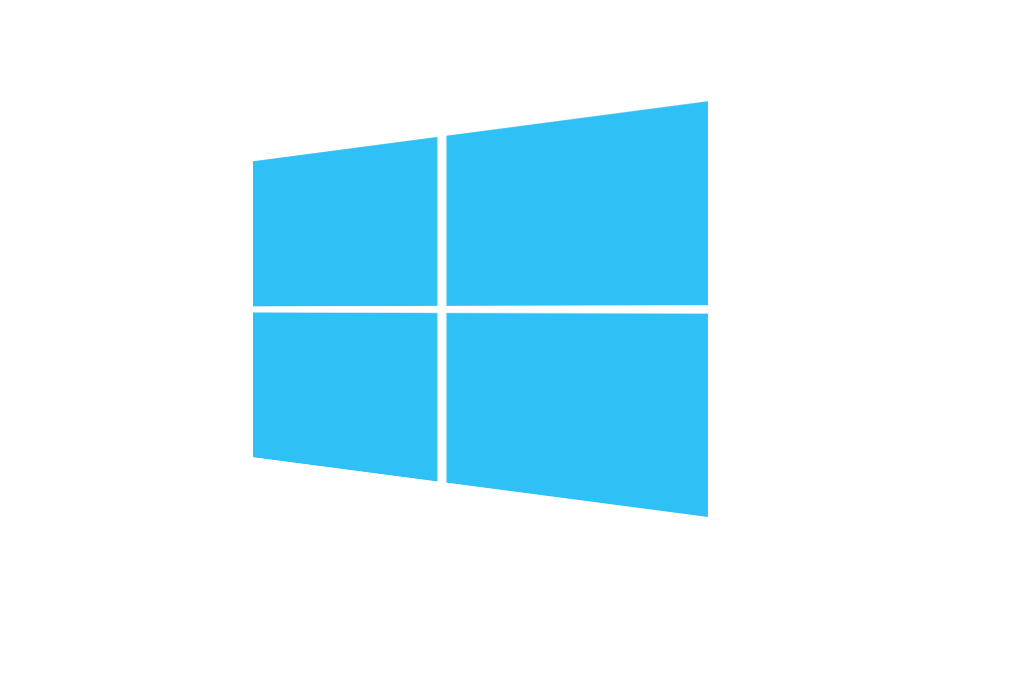In modern IT environments, efficient file access and redundancy are key to maintaining uptime and productivity. Distributed File System (DFS) and DFS Replication (DFSR) are powerful Windows Server features that allow organisations to logically group shared folders across multiple servers, making them accessible via a single namespace and ensuring that data remains synchronised.
This guide walks you through the process of setting up DFS and configuring folder replication in a Windows Server environment, ensuring high availability, load balancing, and fault tolerance for your file shares.
What is DFS?
DFS enables the creation of a unified namespace that presents shared folders from multiple servers as a single logical structure. This abstraction simplifies file access and improves user experience by hiding the complexity of the underlying physical locations.
DFS includes two components:
- DFS Namespaces (DFSN): Provides the unified folder structure.
- DFS Replication (DFSR): Keeps folders in sync across servers using a multi-master replication engine.
Benefits of DFS and Folder Replication
- Centralised file access
- High availability and redundancy
- Improved performance through load balancing
- Simplified disaster recovery
- Reduced bandwidth consumption using Remote Differential Compression (RDC)
Prerequisites
Before setting up DFS and folder replication:
Administrator privileges on all participating servers
Two or more Windows Servers (2012 or later recommended)
Active Directory domain
Sufficient network bandwidth between servers
Proper DNS resolution and time synchronisation
How to set up a DFS Namespace
Step 1
Install DFS Roles
On each server that will participate in DFS:
- Open Server Manager.
- Click on Manage > Add Roles and Features.
- Proceed through the wizard until you reach the Server Roles screen.
- Under File and Storage Services > File and iSCSI Services, select:
- DFS Namespaces
- DFS Replication
- Complete the wizard and restart if prompted.
Step 2
If you would like to use DFS you will need to Install the DFS Namespaces and DFS replication server roles. You can do this through Server Manager.
Select Manage and then Add Roles and Features
Please note : On Server2 you do not necessarily need to install DFS Nampespaces. Just DFS Replication will do and the files will successfully replicate to this server.

Create a identical folder on each server and Share this folder
Open your DFS Management console and create a Name space.


Type in the server name that you are setting the DFS share

Give your Namespace a name. (This is not your share name)

Your names space will then be created.
Set up the DFS share that you will replicate.
Right click on your name space and select Add new folder

Point to the new Shared folder that will be used in DFS and give it a name.

Step 3
How to set up DFS Replication
There is no need to log into your second server. Now that you have set up your DFS folder you can now replicate this folder with the folder on your second DC that you created in step 1 straight from the management console on server 1
You can do this by adding a new Folder Target which points to your second server’s share.






Verify Replication
- Use the DFSR Event Logs to monitor replication status.
- Run the following command to check replication health:
dfsrdiag ReplicationState - You can also use DFS Management > Replicated Folders to review replication groups and health.
Best Practices
- Always monitor DFS Replication with Event Viewer and Performance Monitor.
- Avoid replicating open or frequently locked files.
- Use staging folders and conflict resolution settings wisely.
- Implement DFS with robust backup strategies in place.
Troubleshooting Tips
- Ensure firewalls allow RPC and DFS ports (TCP 135, 139, 445, etc.).
- Check for time sync issues (DFS is sensitive to time discrepancies).
- Use
dfsrdiag backlogto determine file replication delays. - Review Active Directory replication if DFS targets aren’t visible.
Conclusion
Setting up DFS and folder replication allows IT administrators to provide a fault-tolerant, scalable, and easy-to-navigate file access environment. Whether you’re supporting a single-site network or a multi-branch enterprise, DFS helps streamline file services and increase resilience.
By following the steps in this guide, you can ensure your organisation benefits from a unified namespace and consistent file replication, making file management both simple and secure.


